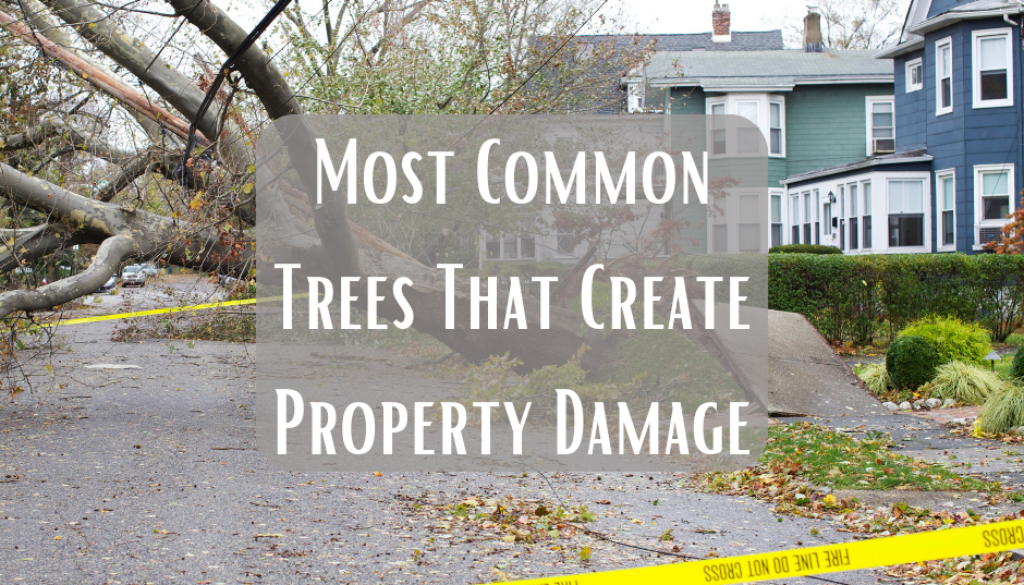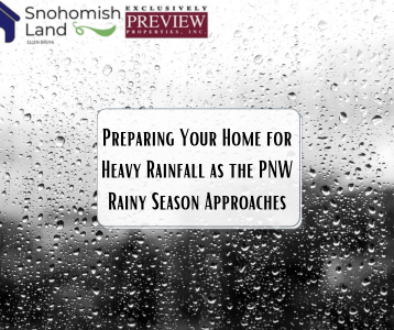Most Common Trees That Create Property Damage
When it comes to the potential for property damage, specific trees bear consideration due to their inherent characteristics, encompassing notable factors such as their substantial size, expansive root systems, and susceptibility of their branches. However, it is imperative to acknowledge that not every tree within these species is predisposed to causing harm. Nevertheless, within the realm of widely recognized varieties, there are several instances where these trees have been firmly associated with incidents of property damage, warranting closer attention and understanding.
Most Common Trees That Create Property Damage
Willow
Willows have extensive root systems that can invade and damage underground pipes, drainage systems, or even building foundations if planted too close.
Silver Maple
Silver maples are fast-growing trees with brittle wood. During storms or high winds, their weak branches are prone to breaking and can cause damage to roofs, vehicles, or other structures.
Bradford Pear
Bradford pear trees are known for their beautiful white flowers in the spring, but they have a weak branch structure that can easily break under the weight of ice, snow, or strong winds.
Popular
Poplar trees can grow to great heights and have shallow root systems. This combination makes them susceptible to toppling over during storms, potentially damaging nearby structures.
Eucalyptus
Eucalyptus trees are known for their rapid growth and tall stature. In regions prone to wildfires, the volatile oils in their leaves can increase the fire risk, posing a threat to nearby properties.
Leyland Cypress
Leyland cypress is often used as a fast-growing hedge or privacy screen. However, their shallow root systems and dense foliage make them susceptible to windthrow and uprooting, causing damage to nearby structures.
Weeping Willow
Weeping willows have long, pendulous branches that can easily break during storms or heavy winds, potentially causing damage to roofs, vehicles, or fences.
Remember that tree health, maintenance, and location are crucial factors that can mitigate potential damage risks. Regular tree inspections, pruning, and consulting with a certified arborist can help ensure the safety and health of trees on your property.
In Conclusion
While not all trees within certain species pose a threat to the property, it is essential to be mindful of those that have been identified as potentially problematic. Factors such as size, root systems, and branch stability can contribute to the likelihood of property damage. By understanding the characteristics of these trees and taking appropriate precautions, property owners can mitigate the risks associated with them. Regular inspections, proper maintenance, and timely pruning or removal when necessary can help ensure the safety of both property and individuals. Additionally, consulting with professional arborists or tree experts can provide valuable guidance in managing these tree species effectively. Ultimately, a proactive approach towards tree care and property maintenance will help minimize the potential for property damage and maintain a safe and harmonious environment.
If you’re seeking further details regarding the key aspects to consider when searching for a new home or if you’re ready to embark on your home search journey in the enchanting region of Snohomish County, we invite you to reach out to us. Our team is dedicated to providing you with a wealth of information and guidance to ensure you make well-informed decisions about your future residence.




